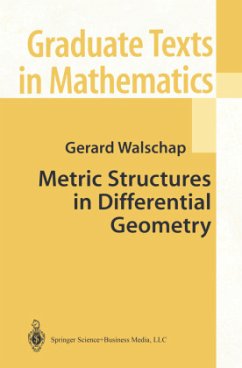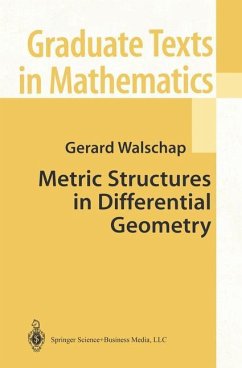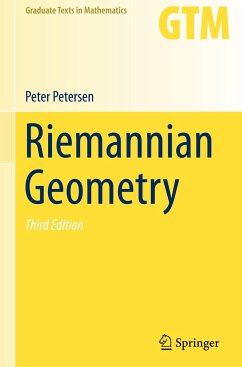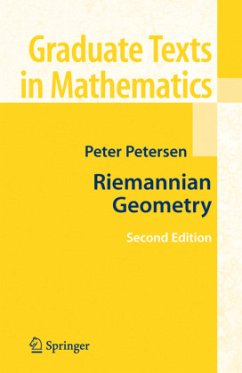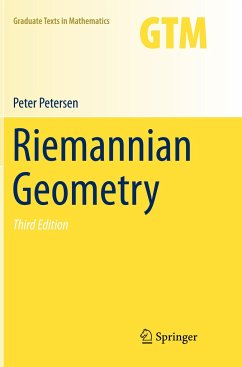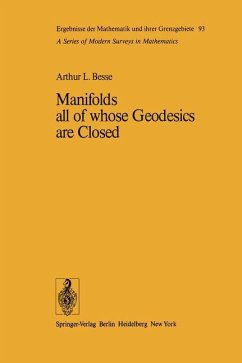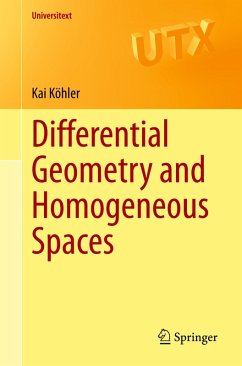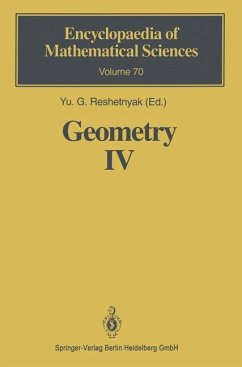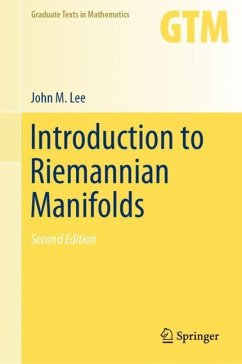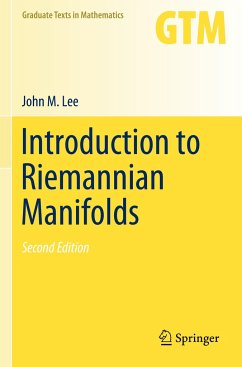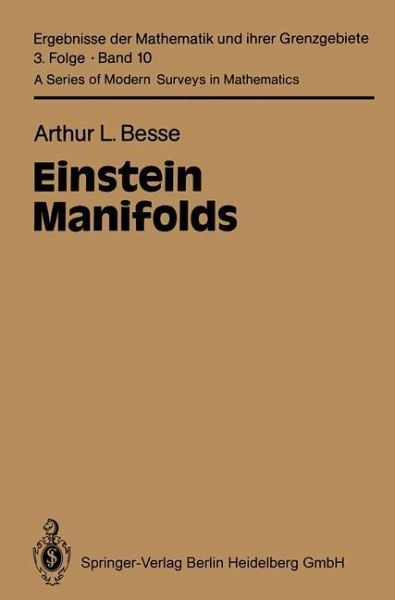
Einstein Manifolds
Versandkostenfrei!
Versandfertig in 1-2 Wochen
43,99 €
inkl. MwSt.

PAYBACK Punkte
22 °P sammeln!
Einstein's equations stem from General Relativity. In the context of Riemannian manifolds, an independent mathematical theory has developed around them. Recently, it has produced several striking results, which have been of great interest also to physicists. This Ergebnisse volume is the first book which presents an up-to-date overview of the state of the art in this field. "Einstein Manifold"s is a successful attempt to organize the abundant literature, with emphasis on examples. Parts of it can be used separately as introduction to modern Riemannian geometry through topics like homogeneous s...
Einstein's equations stem from General Relativity. In the context of Riemannian manifolds, an independent mathematical theory has developed around them. Recently, it has produced several striking results, which have been of great interest also to physicists. This Ergebnisse volume is the first book which presents an up-to-date overview of the state of the art in this field. "Einstein Manifold"s is a successful attempt to organize the abundant literature, with emphasis on examples. Parts of it can be used separately as introduction to modern Riemannian geometry through topics like homogeneous spaces, submersions, or Riemannian functionals.





